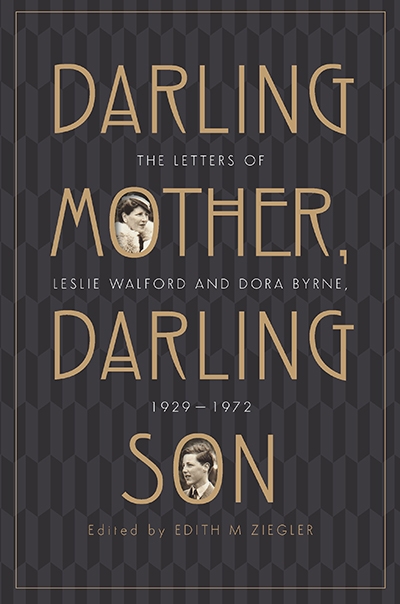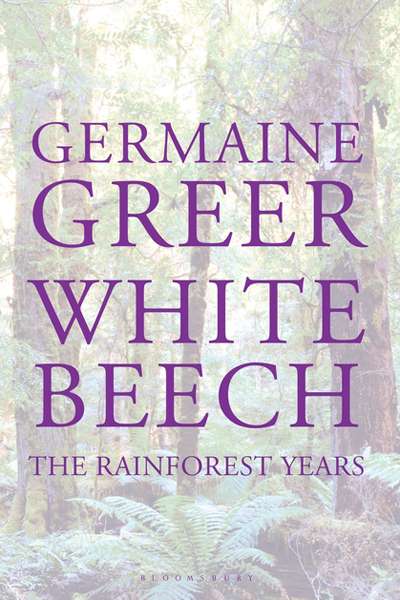John Thompson
Ian Fairweather: A life in letters edited by Claire Roberts and John Thompson
by Morag Fraser •
Darling Mother, Darling Son: The letters of Leslie Walford and Dora Byrne, 1929–1972 edited by Edith M. Ziegler
by John Thompson •
Lost Relations: Fortunes of My Family in Australia's Golden Age by Graeme Davison
by John Thompson •
Glorious Days: Australia 1913 edited by Michelle Hetherington
by John Thompson •
Canberry Tales: An Informal History by Granville Allen Mawer
by John Thompson •
Memoirs of a Young Bastard: The diaries of Tim Burstall November 1953 to December 1954 edited by Hilary McPhee with Ann Standish
by John Thompson •
The West and the Map of the World: A Reappraisal of the Past by Matthew Richardson
by John Thompson •
The Business of Nature: John Gould and Australia by Roslyn Russell
by John Thompson •









